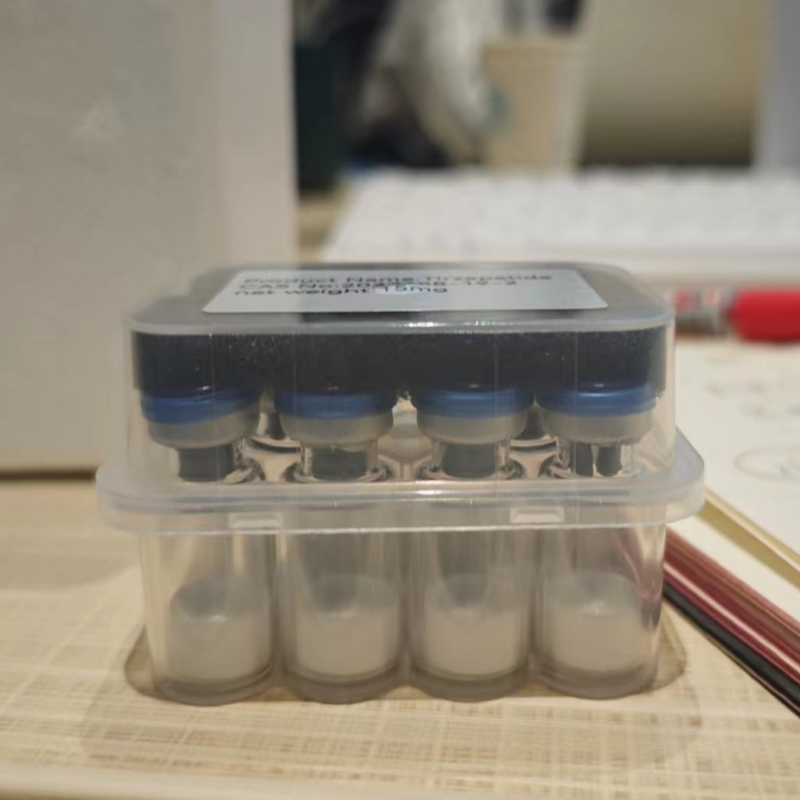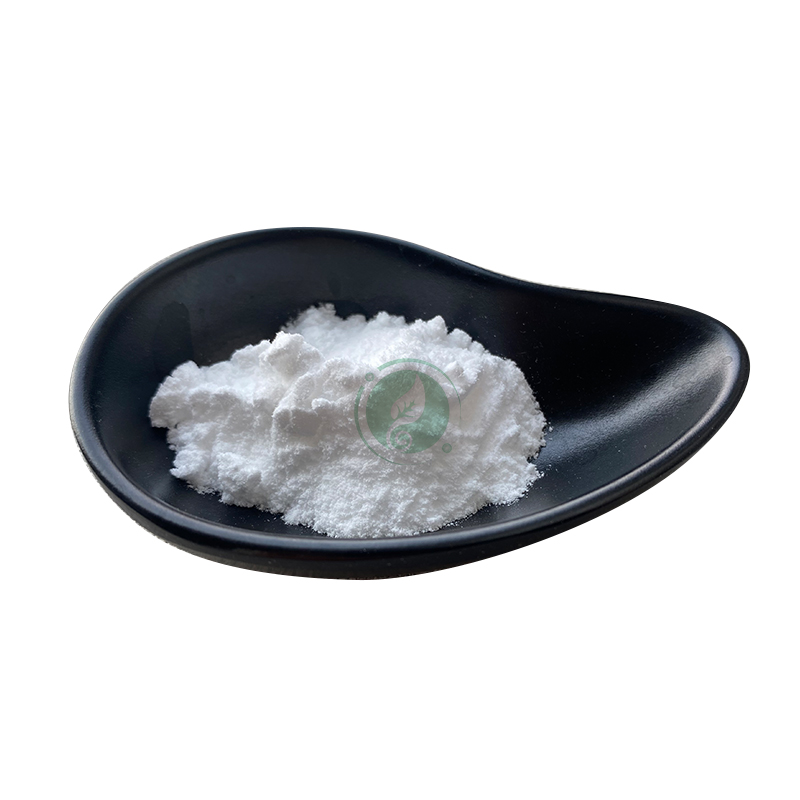-
Categories
-
Pharmaceutical Intermediates
-
Active Pharmaceutical Ingredients
-
Food Additives
- Industrial Coatings
- Agrochemicals
- Dyes and Pigments
- Surfactant
- Flavors and Fragrances
- Chemical Reagents
- Catalyst and Auxiliary
- Natural Products
- Inorganic Chemistry
-
Organic Chemistry
-
Biochemical Engineering
- Analytical Chemistry
-
Cosmetic Ingredient
- Water Treatment Chemical
-
Pharmaceutical Intermediates
Promotion
ECHEMI Mall
Wholesale
Weekly Price
Exhibition
News
-
Trade Service
On May 28, 2021, the FDA announced the accelerated approval of the KRAS inhibitor Lumakras (sotorasib, AMG510) [1] for the treatment of non-small cell lung cancer (NSCLC) patients with KRAS G12C mutations.
So far, the KRAS target is no longer available.
History of medicine availability
.
KRAS gene carcinogenic mechanism
RAS (KRAS, NRAS, and HRAS) are the most commonly mutated gene families in cancer
.
KRAS mutations are an important driver of the three deadliest cancers known-lung cancer, colorectal cancer, and pancreatic cancer
The RAS protein itself is a signal protein with GTPase activity
.
It is activated when combined with GTP, which can activate a series of downstream pathways.
Lumakras breaks through non-drugable targets
Although the carcinogenic principle of KRAS has been elucidated for a long time, no KRAS targeted drug has been available for more than 30 years before Lumakras
.
KRAS was once considered a "non-drugable" target
In the crystallographic study of the complex that the compound binds to the KRAS G12C mutant, it was found that there is a "pocket" on the KRAS G12C mutant protein that can bind to small molecule drugs
.
The combination of small molecule compounds with this "pocket" can "lock" the KRAS G12C mutant in an inactive conformation, thereby providing a potential target for inhibiting the activity of the KRAS mutant
Lumakras is a drug developed based on the carcinogenic mechanism of KRAS.
It and multiple KRAS G12C covalent inhibitors currently in clinical development all target this binding "pocket" [4], by following the inactive state The KRASG12C mutant protein binds to forcibly pull the abnormally activated KRASG12C protein back to an inactive state
.
Lumakras has a long half-life to achieve long-lasting and continuous KRAS inhibition and lead to deep and long-lasting anti-tumor activity
Lumakras clinical efficacy
This approval is based on data from a study called CodeBreak 100
.
A total of 129 patients with KRASG12C mutant NSCLC who had previously received chemotherapy and/or immunotherapy were included in the study.
A variety of drugs show clinical efficacy
The once non-medicinal target ushered in a counterattack
.
At present, the treatment of targeted KRAS has become the focus of clinical research.
MRTX849
MRTX849 is a small molecule inhibitor against KRAS G12C mutation
.
At the European Lung Cancer Conference 2021 (ELCC 2021), the results of the KRYSTAL-1 study were announced
The KRYSTAL-1 study is a multi-cohort phase I/II clinical study that included patients with KRAS G12C mutant NSCLC, patients with colorectal cancer (CRC), and patients with other solid tumors
.
ELCC 2021 released data on the NSCLC cohort
.
Among the 51 evaluable NSCLC patients who have previously received chemotherapy and anti-PD-1/PD-L1 therapy, the ORR was 45% and the DCR was 96% (49/51)
.
In patients with STK11 mutations, the ORR is as high as 64% (9/14)
.
The median duration of response (DoR) is 9.
2 months [6]
.
VS-6766
VS-6766 is a RAF/MEK inhibitor
.
At the AACR 2020 annual meeting, the results of a phase I clinical trial of VS-6766 and the FAK inhibitor Defactinib in the treatment of patients with solid tumors with RAS mutations were announced
.
In the study, 7 of the 10 KRAS mutant non-small cell lung cancer patients had tumor shrinkage, and one of the G12V mutant patients had tumor shrinkage by more than 30%
.
The combination regimen is well tolerated, and the most common adverse reactions are skin rash, elevated creatine kinase, elevated aspartate aminotransferase, hyperbilirubinemia and nausea, all adverse reactions can be reversed [7]
.
BGB-283
BGB-283 is a new type of RAF inhibitor that exists in a unique dimer form and can also inhibit the activity of EGFR
.
It has shown anti-tumor activity in pre-clinical models and tumor patients with BRAF V600E mutation, non-V600E BRAF mutation, and KRAS/NRAS mutation
.
In 2020, a phase I dose escalation/dose extension study published in the Journal of Clinical Oncology for the first time in humans evaluated BGB-283 in patients with solid tumors with B-RAF or K-RAS/N-RAS mutations The safety, tolerability and efficacy of the product
.
The results of the study show that the maximum tolerated dose of BGB-283 is 40 mg/d
.
Dose limiting toxicity includes reversible thrombocytopenia and non-hematological toxicity
.
Throughout the study, the most common adverse events in ≥3 treatment were hypertension (17.
6%) and fatigue (9.
9%)
.
Among them, 1 patient with B-RAF mutation melanoma achieved complete remission, 8 patients with B-RAF mutation achieved a confirmed objective remission, and 1 patient with K-RAS G12C mutation NSCLC had partial remission [8]
.
In summary, whether it is Lumakras, which has been approved, or MRTX849, which has shown very good clinical effects, after many years, the target of unpreparable medicine has finally ushered in a breakthrough, which brings good news to cancer patients worldwide
.
It is believed that in the not too distant future, more KRAS inhibitors will surface
.
reference:
1.
https:// 2.
Santos E,Martin-Zanca D, Reddy EP, et al.
Malignant activation of a K-ras oncogene inlung carcinoma but not in normal tissue of the same patient[J].
Science, 1984,223(4637): 661- 664.
3.
AACR ProjectGenie Consortium.
AACR Project GENIE: powering precision medicine through aninternational consortium[J].
Cancer discovery, 2017, 7(8): 818-831.
4.
K-Ras (G12C) inhibitors allosterically control GTP affinity and effector interactions, doi:10.
1038/nature 12796.
5.
AMG 510 Shows Activity beyond NSCLC.
Cancer Discov, 2020, 10: 1084-1085.
6.
KRYSTAL-1: Activity and preliminary pharmacodynamic analysis of adagrasib (MRTX849) in patients with advanced non-small-cell lung cancer(NSCLC) harboring KRASG12Cmutation.
7.
Christina Guo, et al.
, Br J Cancer.
2021 Apr 15.
8.
Phase I, Open-Label, Dose-Escalation/Dose-Expansion Study of Lifirafenib (BGB-283), an RAF Family Kinase Inhibitor, in Patients With Solid Tumors.
J Clin Oncol.
2020 Mar 17[Online ahead of print] .
DOI: 10.
1200/JCO.
19.
02654.







